Description
When restoring and protecting the banks of your streams, lakes, excavated channels, etc., there are plenty of vegetative plantings, soil bioengineering, and structural systems to choose from. The challenge comes in what to use when, where, and how. Join Stormwater University and prolific speaker Dr. David T. Williams for this live, educational, two-part webinar to explore the “hard” and “soft” designs, techniques, and applications for streambank protection and how you can best select and apply them to your projects. We will start with a discussion on streambank erosion, including its contributing factors and key considerations. Williams will then walk us through the available streambank protection solutions and how you can determine those most ideal for specific project conditions. He will outline the applicable hydrology, hydraulics, and soil equations and how to incorporate these into your solution selection. We will also take a look at design and installation best practices—including how you can combine “hard” and “soft” techniques for maximum protection and an enhanced habitat—and examine solution maintenance and performance assessment. Topics we’re covering include:
- Grade stabilization
- Flow changing techniques
- Soil bioengineering
- Large woody material for habitat and bank protection
- Streambank armor protection with riprap structures
- Articulating concrete block revetment systems
- Vegetated rock walls
- Stream habitat enhancement using LUNKERS
- Gully stabilization
- Small bridge abutments
- Sheet pile walls in stream restoration and stabilization
- Streambank stabilization setback sizing
Learning Objectives By participating in this webinar, attendees will:
- Explore the “hard” and “soft” designs, techniques, and applications for streambank protection and how you can best select and apply them to your projects
- Learn how to use hydrology, hydraulics, and soils to select the best bank protection solution
- Understand the three riparian buffer zones and their impact on streambank protection
- Identify how to integrate soil bioengineering with traditional “hard” techniques
- Know how to apply streambank protection methods to enhance habitat
Train Your Team Get the whole team trained! We offer additional savings if you register as a group. For group pricing information, contact us at le******@en*********.com
* Presentations are scheduled for approximately one hour with a 15-20 minute question and answer session to follow. Presentations may exceed scheduled time. * Each state and certification agency have different requirements; it is your responsibility to know what they are. Note that 1 PDH = 0.1 CEU. * Purchase of this course allows you access to the presentation(s) for 6 months from the order date.

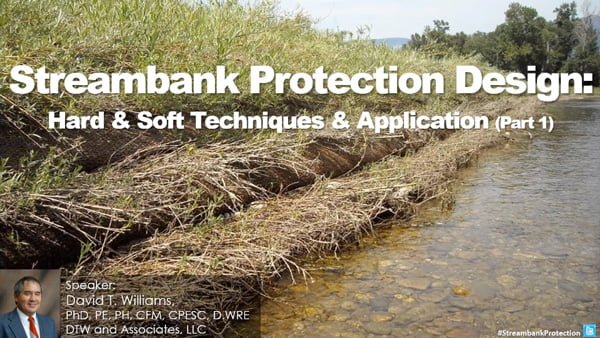
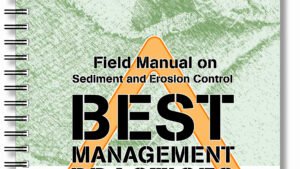
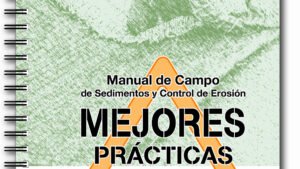

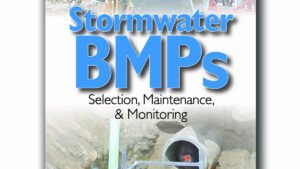

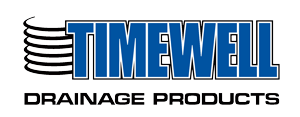

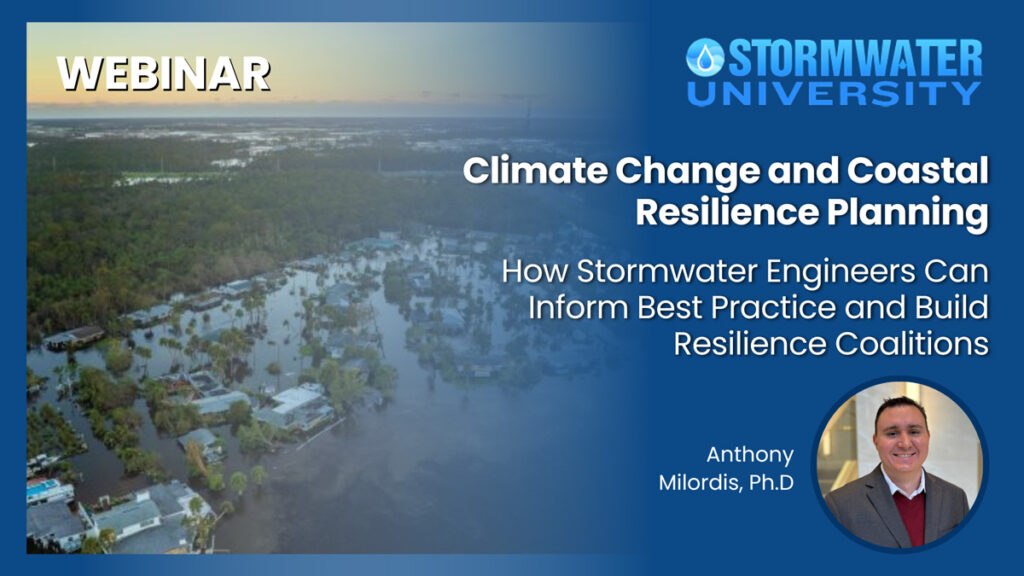

Reviews
There are no reviews yet.